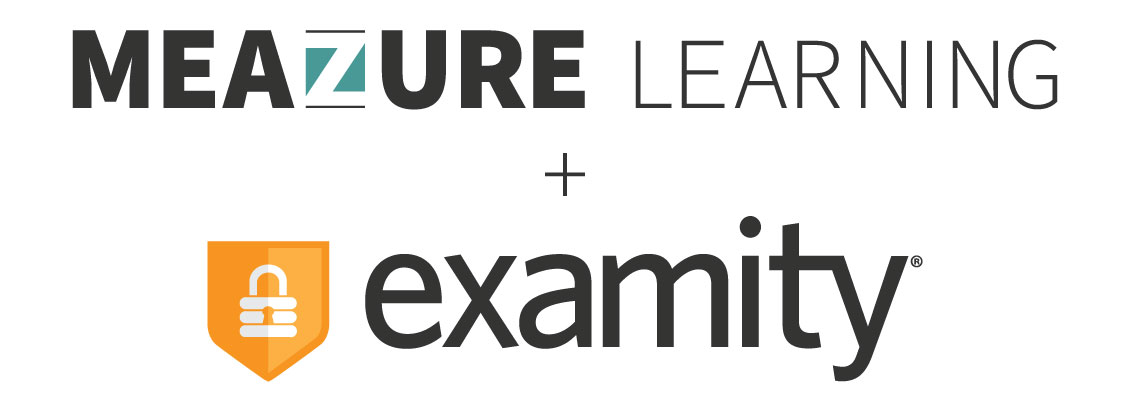Flag System
Reviewing each test from start to finish wouldn’t be practical. That’s where our flag system comes in. All activity during authentication and proctoring sessions is reported via our flagging system. Once an Examity session is completed, flags raised throughout that session will be available for review by instructors. Each flag is time-stamped to allow instructors to quickly navigate to the recording or screenshot of the incident in question.
The Process
All flags include notes or suggestions to offer program administrators direction on the activity that took place. Once the exam is completed, our auditing team* will provide a second review of the exam and edit, or apply additional flags if appropriate.
Here’s how and where flags are applied:
- Green flags are raised when there is no incident.
- Yellow flags are issued when a rule is broken a violation does not necessarily take place.
- Red flags are given when the test-taker exhibits clear aberrant behavior.
If a technical issue or question arises during an Examity appointment, a Blue alert will be raised.
*Exams conducted with Automated Standard proctoring do not include post-session audits.
Additional questions? We’ve compiled a list of the most common flag questions below. In addition, you can always contact your dedicated client success manager to walk you through the process and your specific exam reporting.
Q: Can you offer examples of typical behavior that is flagged?
Sure. With so many test-takers completing exams in their homes, a common flag scenario is that of a small child walking into a room where an exam is being taken. Technically, a rule has been broken because another person was in the room. However, the young child clearly didn’t provide any information that would constitute cheating. In this case, a yellow flag would be applied.
Q: What are authentication flags?
These flags mark whether the authentication process successfully completed. Here is what each color of the authentication flag means:
- Green authentication flags mean that the authentication process went smoothly.
- A yellow or red authentication flag for examiKEY, or the digital signature, indicates that the student’s typing rhythm differs slightly from when they filled out their profile.
- A yellow or red authentication flag for examiKNOW, or challenge questions, indicates that the test-taker did not type the correct answer on the first try or may have needed several attempts.
Q: Where can I go to review the flags from my proctoring sessions?
Within your Examity dashboard, select the “Exam Status” section. Here you will see all flags across every exam session.
Q: Does the test-taker know that they are being flagged?
No, the test-taker is never made aware of their flagging during the exam session.
Q: Can test-takers see flags raised during their session after the test is completed?
No, the test-taker is never notified by Examity of their flags. They cannot view their flags or flagging history.
Q: My client success manager reached out to me that a test-taker exhibited suspicious behavior. What do I do now?
Account managers provide instructors and/or administrators with a summary of events that take place during the session, as well as timestamps for review. Once Examity has provided this information, it is solely the responsibility of the instructor or administrator if a cheating incident has occurred.
Q: What happens to my exam video after my testing session concludes?
Typically, exam data is available to program administrators for 60 days and then destroyed. If a red flag is raised, the exam data is available for 1 year. Please note, some programs have unique data retention policies that are longer or shorter than this standard.
If you have additional questions related to your exam’s retention policy, we recommend you follow-up with your program administrator to confirm the retention timeframe for your exam.
